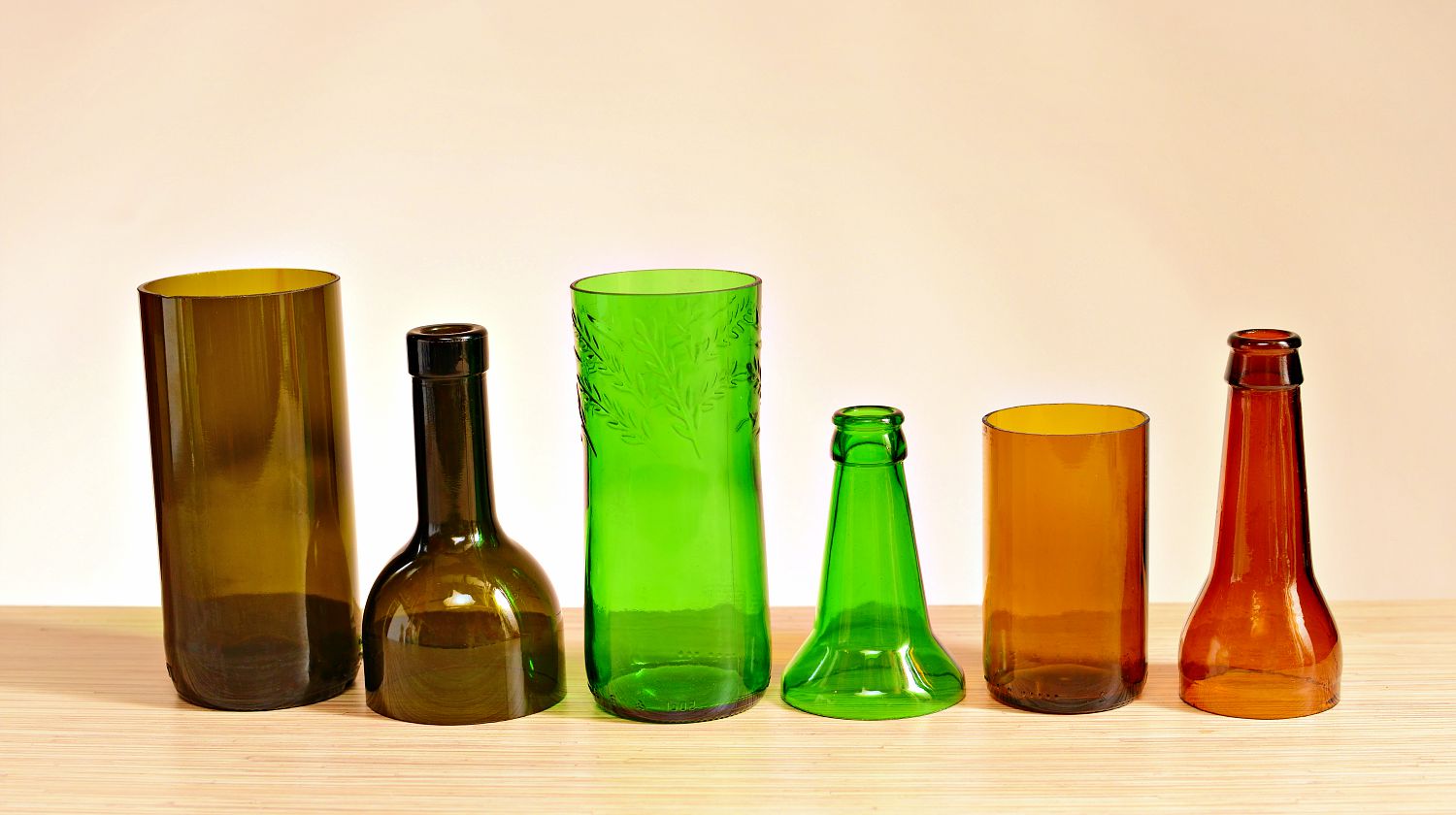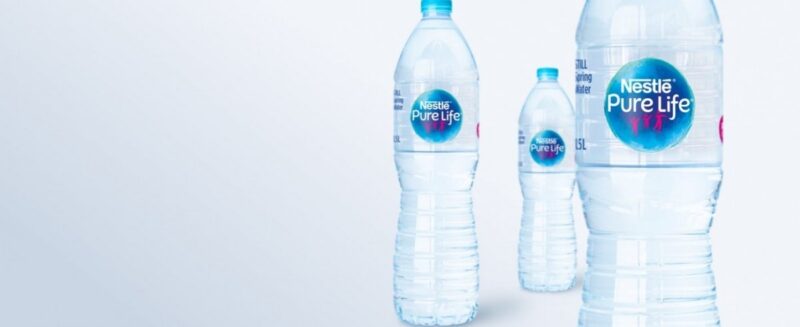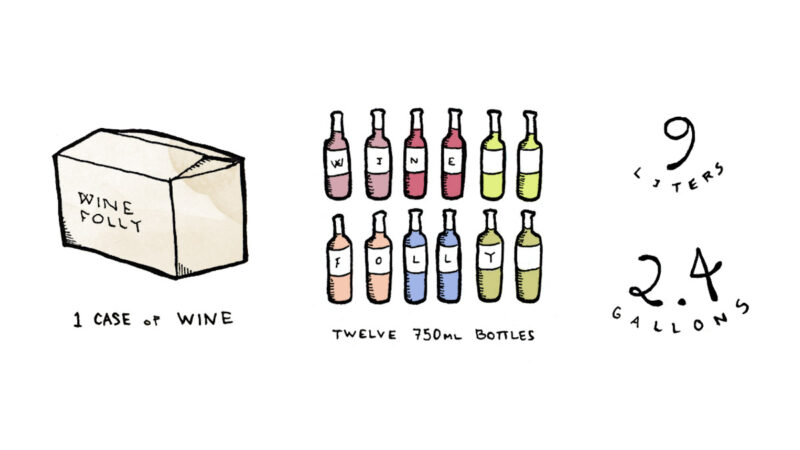Wine has long played a major role in our diet. Many people have been left wanting more by its flavor. You have a surplus of empty wine bottles after a late-night drinking spree. Recycling bin overflowing with leftovers from parties?
In this post, you will find answers to your question” can wine bottles be recycled?” and many other related questions. Take action on this post.
Table of Contents
The Environment’s Impact OnFrom Glass Waste
One of the many ways we can protect the environment is by correctly recycling and reusing glass waste.
Glass is one of the greenest containers because it is completely recyclable and can be recycled numerous times without losing quality.
The amount of air and water pollution created by the recycled glass is reduced by 20% and 50%, respectively. Additionally, using recycled glass reduces the amount of glass that is fly-tipped or put in trash bins, both of which scar and harm natural habitats.
Glass is recycled when it is melted to its original state and used to make new glass products. It is more economical and environmentally friendly because it requires less energy to heat than glass made from scratch.
Wine Bottles Can Be Recycled
It goes without saying that used wine bottles must be recycled. Because glass is 100 percent recyclable and can be processed indefinitely without losing quality, it helps to preserve non-renewable fossil fuels and lower the release of harmful gases into the atmosphere.
How Should Glass Be Disposed Of Properly?
Depending on where you live, you can put the majority of glass containers, including wine bottles, in your household recycling bin to be picked up by your local council.
If your local government, like Leeds, does not accept glass bottles or jars in your recycling wheelie bin, look for the closest bottle bank instead. If you need to recycle several wine bottles, these are a good option and are available in most places.
The glass bottle should be quickly rinsed before being discarded. It only needs to be free of the liquid it once contained; it doesn’t need to be spotless. Reattach the lids and caps to the bottles; doing so lowers the likelihood that they will be lost during sorting and allows for separate recycling of the parts.
The cork should be removed from champagne and wine bottles and disposed of in your household compost bin. These cannot be recycled.
Remember that not all glass can be recycled in household bins. While colored glass like blue or green is occasionally acceptable, clear glass is fine. For more information, visit the website of the local council.
How To Upcycle Wine Bottles?
Wine bottles make excellent upcycling materials because, in addition to recycling, they have a variety of useful and aesthetic qualities.
Wine bottles are a perfect fit for the rustic and minimal home décor styles that are rapidly expanding in popularity.
Wine Bottle Lights
It is inexpensive and simple to turn used wine bottles into decorative accent lights.
Place a string of LED lights inside your wine bottle after you’ve cleaned and dried it completely. A typical wine bottle can be filled with about 55 lights and 10 feet of cord. Additionally, since LED lights are cool to the touch, they won’t heat the glass.
The cable and switch can either come out the top or you can carefully drill a hole in the bottom of the wine bottle and thread it through. Adjust the light’s formation as you please by playing around with it.
In the end, you have a lovely light that stands out and fits in with most interior design themes. Small, blinking lights reflect off the glass, producing a stunning effect.
Wine Bottle Planters
You can use an empty wine bottle in a variety of ways as a planter.
Your favorite succulent or small plants can be inserted into the space left after turning the wine bottle on its side and cutting a section off. Alternately, remove the wine bottle’s cap and fill the space with some soil and a plant with roots.
For your empty wine bottles, you can make this stylish hanging planter that’s ideal for sprucing up a balcony or patio.
Also, excellent self-waterers for indoor plants are modified and turned over wine bottles. Make beautiful and useful additions to your home using all of the bottle’s parts.
Reuse For Homemade Wine
Your empty screw-top bottles can be used as storage if you’ve recently experimented with making your own wine.
In order to properly clean and disinfect the bottles, which includes taking off any labels and skirts, prepare them.
You will require a more potent solution, such as an oxygenating cleaner, to sterilize the bottle. Particularly if you plan to store your homemade wine for a while, regular soap and water won’t be able to thoroughly clean the bottle.
Pour your homemade wine into its new container after cleaning your bottle thoroughly. Wine types can be identified using homemade labels; you can make them as elaborate or plain as you like.
Wine Bottle Candles
Making candle holders out of your empty wine bottles is another easy decorating idea.
For holding candlesticks, wine bottles’ long, thin necks are ideal. Your kitchen or dining room will have a rustic feel as the candle burns and melts, creating a lovely wax design on the bottle.
Painted Wine Bottles
Keep your empty wine bottles handy if you’re searching for an inexpensive party or wedding décor ideas.
Before the big occasion, paint each one with chalkboard paint and then write a heartfelt message on it in chalk. They can be used as unusual venue decorations or as table centerpieces.
You’re not restricted to using chalkboard paint only. On empty wine bottles, spray paints, metallic colors, and pretty pastel tones all work well.
The bottle can be customized with a pattern or design if you have a steady hand. They can be utilized as vases or interior decor.
Tips To Remove Wine Labels
You must take off the original labels before beginning any wine bottle craft project. This may be challenging depending on the brand. Numerous labels also leave behind a sticky residue that is difficult to remove.
It usually works by soaking the bottle in a mixture of warm water and baking soda for about 30 minutes. Ammonia can be used to remove labels that are especially resistant.
Warm water, soap, and a dish brush can be used to scrub away the glue residue. Avoid harming the wine bottle by using a non-abrasive scrubbing pad.
How To Recycle Bottles And Other Types Of Glass?
If your community accepts glass at the curb or at recycling facilities, give each container a thorough rinse before placing it in the recycling bin. To get the best price, group glass by color (typically green, brown, and clear). Consider whether you can do this separation yourself. When glass enters a recycling facility, it is broken into tiny fragments known as a cullet.
A small quantity of the ingredients required to make new glass, such as sand and limestone, are combined with the cullet in a furnace. Depending on the type of glass, the furnace can reach temperatures of 2,600 to 2,800 degrees Fahrenheit. It is possible to create new vessels out of liquefied glass. (Visit Planet Money’s video titled “How a Used Bottle Becomes a New Bottle” for more information on how glass is recycled. Recycled glass can be turned into new containers as well as building materials like tile, beads, fiberglass, gravel substitutes for roadbed underlay, and fractionators (match heads).
Utilizing recycled glass reduces the need for new material mining because new glass can be made with up to 70% cullet. Additionally, it means less energy consumption because the cullet melts at a lower temperature than brand-new materials, as well as longer glass furnace life and lower carbon emissions. Consider this: Recycling glass prevents 1 ton of carbon from entering the atmosphere for every 6 tons of glass that are recycled.
Cullet that is clean and of high quality is always in demand by manufacturers. The Glass Packaging Institute, a trade group that represents the industry, claims that there is never enough of anything available. Another industry group, the Container Recycling Institute, claims that recycling 1,000 tons of glass generates eight jobs. Therefore, it is beneficial for the economy to ensure that those wine bottles are recycled.
















